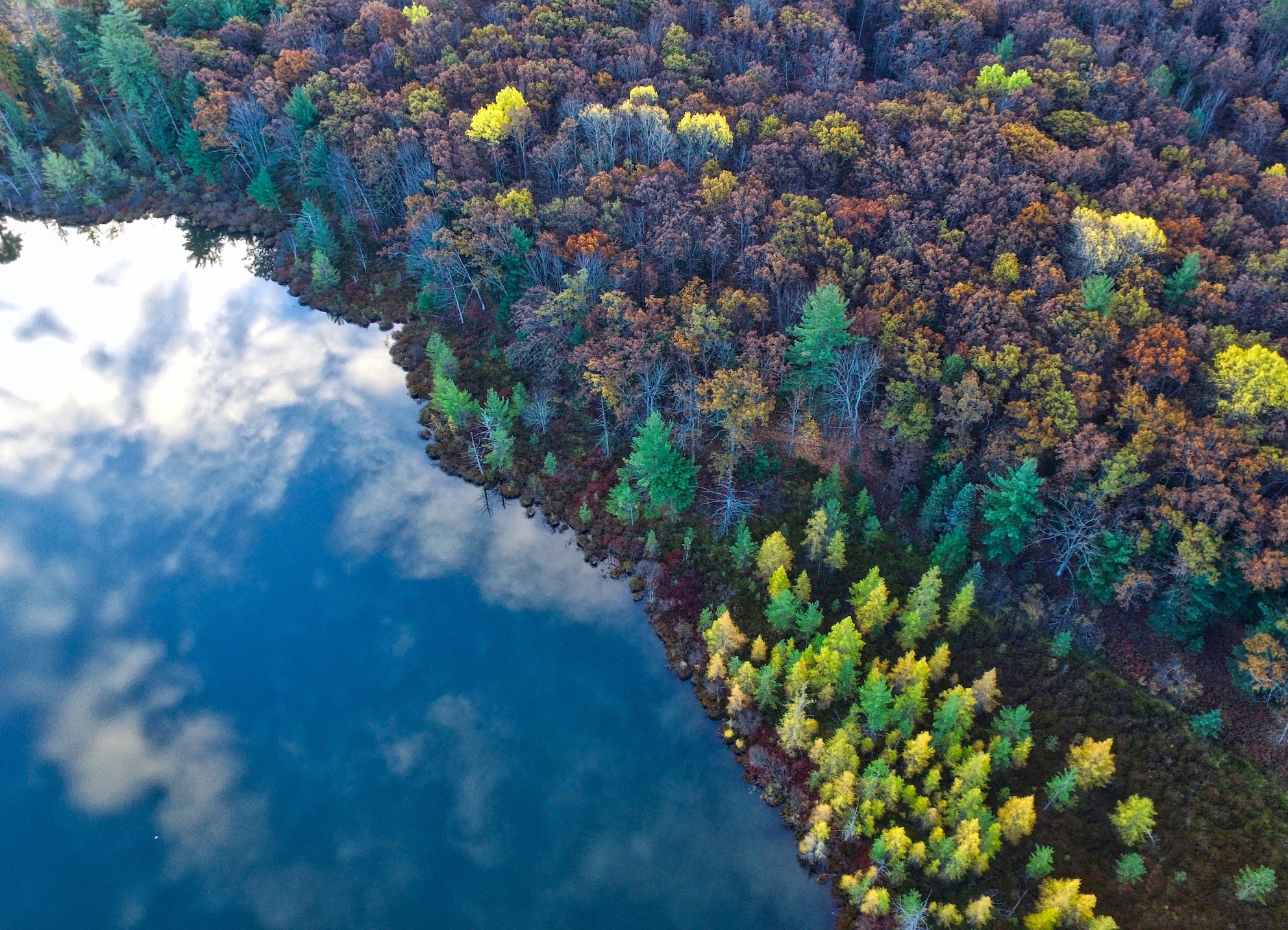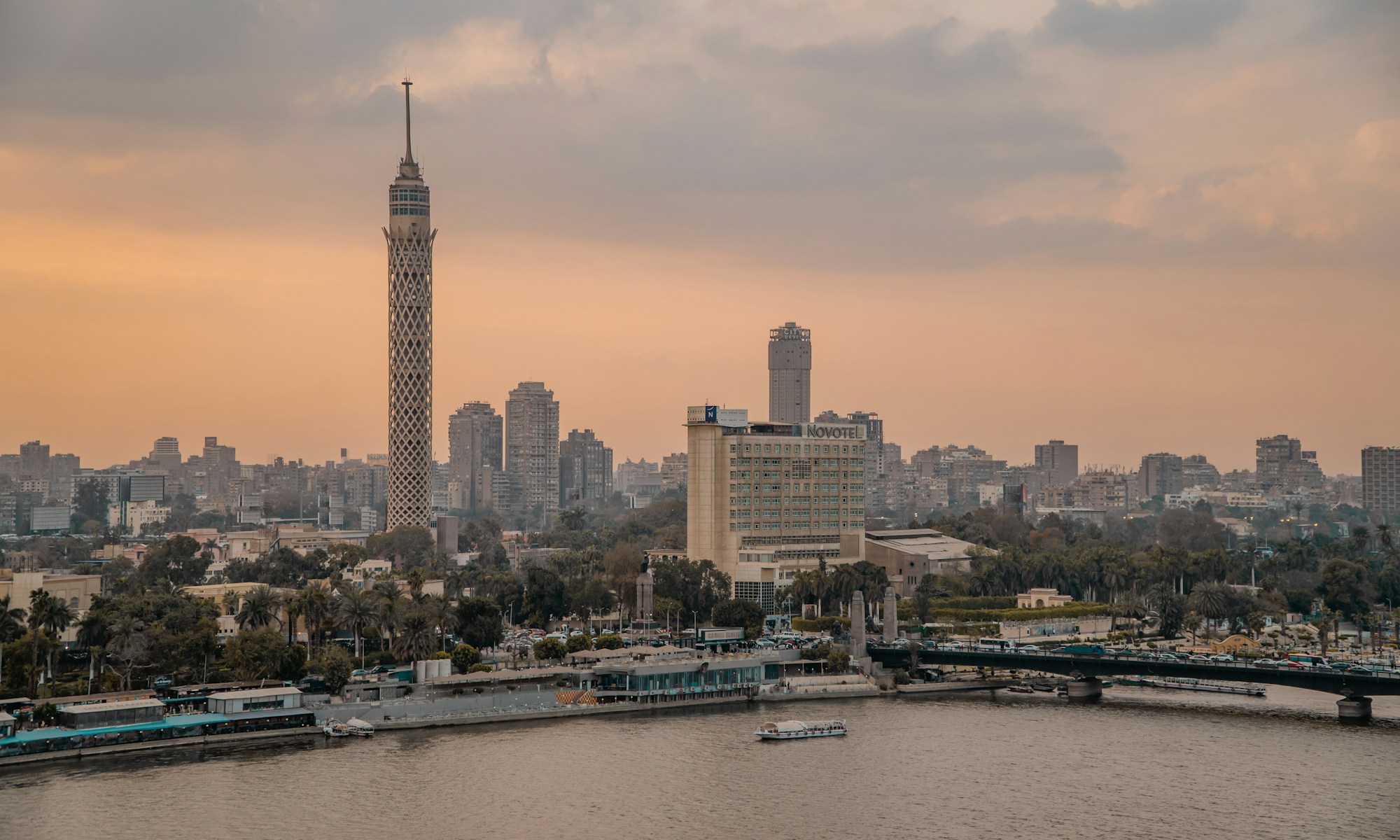31 August 2022 – by Ottoline Mary
The Indus River is the 19th longest in the world. It originates in the Tibetan Himalayas, and flows through northern India and Pakistan into the Arabian Sea.
Since the development of the famous Indus Valley Civilisation in the 4th millennium BC, local livelihoods have relied heavily on its terrestrial water supply – that is, “the summation of all water on the land surface and in the subsurface”, including ice, river water, and soil moisture. For this reason, the Tibetan Plateau is often referred to as a major “global water tower” – which partially explains why the region is the object of so many geopolitical tensions.
But a recent article from the New Indian Express shares the results of a recent satellite-based assessment of water changes in the region, quantifying the effects of global warming-induced glacier retreat, lake expansion, and below-ground water loss.
Without a significant increase in climate policy, the study projects an 80% water loss in the Indus basin by 2050. Such decline in freshwater availability over the Tibetan Plateau would entail a loss of livelihoods for 2 billion residents of India, Afghanistan, and Pakistan.
If we fail to meaningfully reduce the global carbon emissions currently generated by the burning of fossil fuels, we can expect colossal forced displacement flows in the region 25 years from now.












